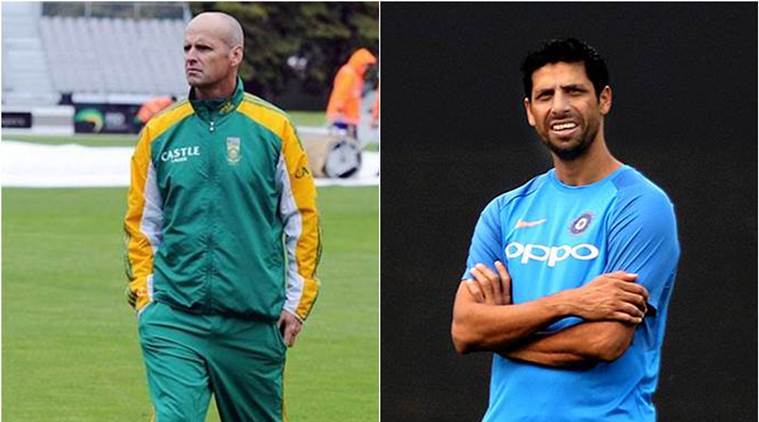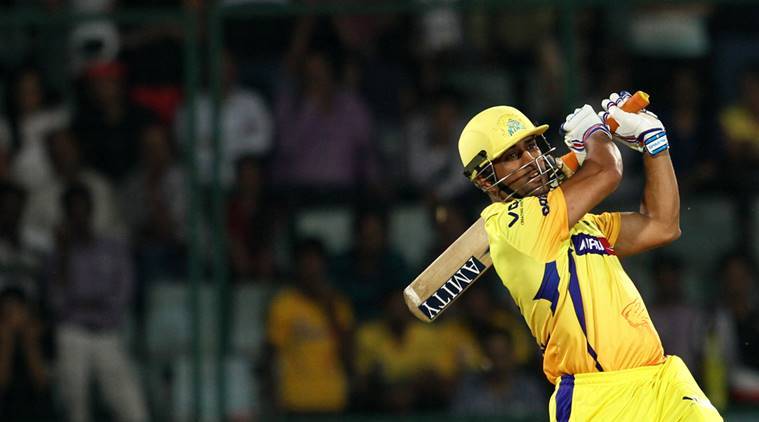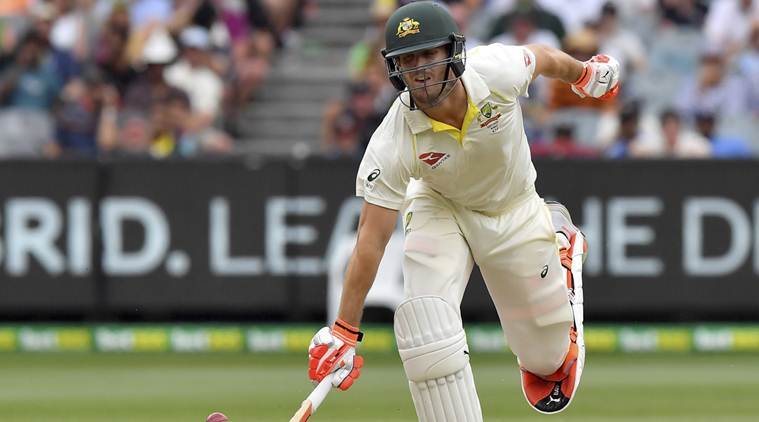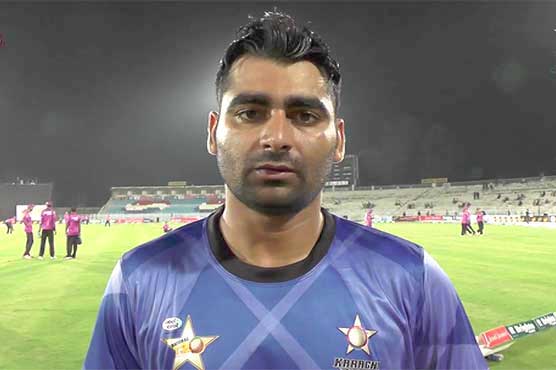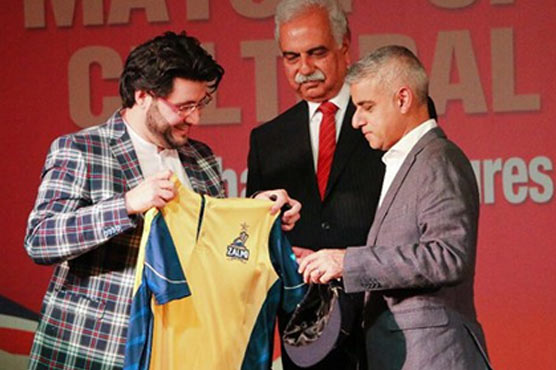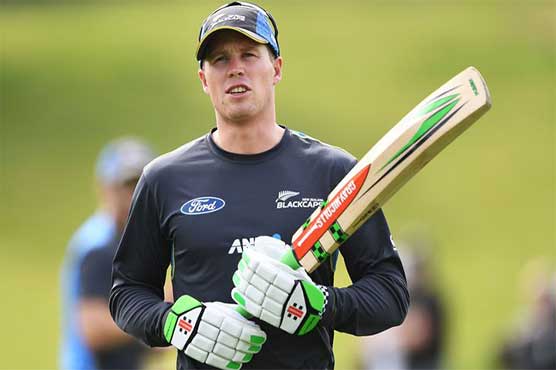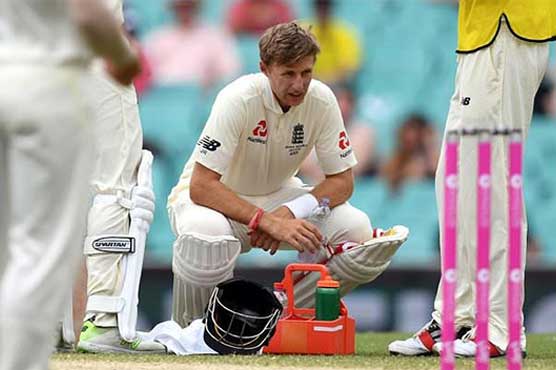It all started with the icon of a WhatsApp group. A picture of the famed Ranji Trophy was the profile picture of the group formed for communication within the Vidarbha team at the start of the season. The players peeped at ambition encircled on the top left-hand side of the phone screen every time it beeped. At the outset, not everyone was convinced about what they saw.
Subroto Banerjee laughs when he tells the story. Along with Chandrakant Pandit, whose reputation as a successful coach keeps growing every year, and senior players like Wasim Jaffer and captain Faiz Fazal, Banerjee, the bowling coach, was convinced that the team was ready for something special. He knew they could win the trophy. So was Pandit, who in July had startled Prashant Vaidya, the former India player and current vice-president of Vidarbha Cricket Association, by asking "how will the prize money be shared?"
So was Jaffer, who had gone around telling anyone who cared to listen that something really special could be achieved. "We had really talented seamers, good spinners, solid batsmen, and I would keep saying that we can do really well this season." Something in Fazal told him that this could be the greatest domestic season of them all. That he could be lifting the cup.
It was the juniors who still needed to be won over. One couldnt have blamed them, though. Nothing in their past would have made them buy the message. The management's planning was meticulous. They shelved traditional training at nets, opting instead for match simulation on open ground. Banerjee went to work with the seamers: Rajneesh Gurbani had to develop a proper in-swinger in three months time before the campaign. He always had the out-swinger and though had fiddled around with the in-swinger, hadnt quite developed it fully.
Drills kicked in, hours clocked in, and Gurbani would not only gift himself a new toy but use it to devastating effect on the second day of the final when he blew away Delhi with a hat-trick to savour. Banerjee has ben associated with Vidarbha since 2009 when he was with the VCA academy, and had worked with many young bowlers, some of them who graded up to the Ranji campaign. He rejoined the team this year, after a three-year break, but "they are my boys. I know them so well. I know when to be strict, when not to, what to tell, what skill sets they have, and how to improve their confidence."
The impact of Jaffer cant be stressed enough. It was seen in matches, when he would nudge the captain to make a change, set the field, constantly talk to the likes of Gurbani and batsmen, and never ever leave the field to rest up. But his work continued off the field, and started early in the preparatory camp where he helped opener Sanjay Ramaswamy and Ganesh Sathish. Detailed technical inputs and guidance on how to build an innings - who better than Jaffer to tell them? He worked on the young pacers as well, talking to them about how to set up batsmen, and guiding them on the field with timely suggestions.
"Someone had a technical problem, or in attitude, I have helped. Credit to them for picking it up. When you play for Mumbai, there is expectation to win. Pressure. I dont think anyone expected Vidarbha to win. I came here to help the youngsters and play well, and it couldnt have turned out better," Jaffer said.
It helped that Jaffer, along with the outstation players like Sathish, stayed at the academy in Nagpur. Not in a hotel or any home, but inside the academy itself. "That really helped us bond, and give quality time to training. We could spend hours talking about the game."
The young players would finally turn converts, and start believing that they could win, after the first game against Punjab. "After that win, the boys started to say, yes yes, we think we can win. And I would laugh happily," says Banerjee.
The one man everyone keeps mentioning as the lodestar is Pandit. He drew strict guidelines about training hours, set up various committees that ranged from entertainment to travel to food - one of his old tricks from his Mumbai days where players are entrusted to run various activities through the season, to promote bonding. Simple stuff really, but it works. Like a few players organising musical chairs before the quarterfinal.
Jaffer reckons Pandit, who also stayed on the academy premises, would have spent 10 to 12 hours everyday working on the team through the season. "Every day the support staff had a meeting, every training day Pandit would work on the boys - he brought the boys out of the comfort zone at the start of the season, and continued toughening and motivating them," Jaffer says.
After the final, Pandit summarised his achievements. "Everybody likes to win the cup. But this win will not only change the team, but in Vidarbha, every 14-year and 16-year- old boy will probably stand up and raise his hand that he can also win. That kind of culture, I will be happy to achieve in Vidarbha."
It takes more than a squad of men to win a Ranji Trophy. It needs a culture that goes beyond the team. A state team doesnt come in a vacuum; it's the stuff that's happening at the grassroots that eventually makes a good Ranji team. And for all the good effort that Pandit and Co. have done, credit must go to the likes of Prashant Vaidya and the association itself for laying the groundwork.
Vaidya was one of the key men behind the academy in 2009, kick-started by Shashank Manohar, former BCCI president who hails from this region. The plan was simple: Take cricket out of Nagpur, scout in the interiors - the districts and rural areas, for talent. The residential academy helped attract kids.
Vaidya decided to have an open selection. Instead of asking the districts to send over kids, he sent his own band of selectors to prowl the districts for talent. Five thousand boys were screened. "The ratio of boys in the first year was like - 20 out of 60 boys were from the districts. That was a good indicator to us." More and more boys came in the next few years.
It wasnt all smooth sailing. Vaidya left after four years and later, the association found that the residential scheme wasnt going as they thought it would. An official who was with the academy told this newspaper that "Some players got used to the comfort level, and we felt werent ambitious enough. They were getting all the facilities, and seemed content. We felt the full-fledged residential academy where you could spend the entire year wasnt working." And it was scrapped.
Vaidya rejoined a year ago, and turned the academy into a centre of excellence where people could come, stay, train for a specific period, and go. He doesnt agree with the notion that the comfort factor spoiled the kids: "I would like to extend as much comfort and facilities as possible, it's our responsibility to ensure it's used well."
Earlier this year, they also started school-level league cricket in the districts and rural areas. That, they hope, would prove to be best feeder system and provide them with talented kids who can then be nurtured at the academy.
The association then decided to revamp the premier tournament. A heavy diet of limited-overs cricket was the norm in local cricket but at the start of the year, it was changed to two divisions that played two-day matches, 90 overs a day.
The timing of the tournament, too, was changed from April to run alongside the Ranji Trophy. Some one like Askhay Wadkar, the wicketkeeper-batsman who buried Delhi in the final with a match-turning hundred, is proof of the success of the tournament. He wasnt picked for the first two games, but was in form and playing in that two-day competition when an opportunity presented itself in the Ranji team. "He was playing in 90-over games, and since the timing coincided with Ranji, the selectors and coach knew they are picking men who are in actual form, instead of someone who did well in April," Vaidya says.
Someone like Banerjee has been associated with the academy. He isnt just the bowling coach of the Ranji team but that of the academy as well. "That allows me to oversee young talents, monitor their growth for years, and prepare them for the next level," Banerjee says. He has known Gurbani for six years now, he says. "I had picked him for the academy. Even when I was in Mumbai for a three-year break, whenever I would come back, Gurbani would come to me for help. Aditya Thakare too is a very good talent, and he bowled so well on debut in the final."
The well-built javelin thrower turned fast bowler, Lalit Yadav, worked with Banerjee on gaining control. Unfortunately, Yadav had to miss out on the semifinal and final after copping an injury in the quarterfinal, but he had done his bit for the team's cause by then.
Umesh Yadav filled in for the semifinal, but Vidarbha didnt have to worry as they unleashed teenaged debutant Thakare, who proved to be their best bowler on the opening day when Gurbani struggled with cramps. Pandit would later reveal that it was Vaidya who prevailed on him to blood in Wakhare for the final.
The association kick-started age-group tournaments in districts, and it came to a fruition last year in Indore, the same city where they would go on to win the Ranji final. They were crowned junior U-19 champions in Indore as well.
At the start of the final, Fazal, the captain, was curious about how heavy the Ranji Trophy was. "I want to find it out the only way to be done: by lifting it." Right from the start, he has been talking a good talk, and walking it as well, and even before the final, he said he wanted the entire team to play in the Irani Trophy. When the moment came to lift the trophy, he realised how heavy it was. The lid toppled over, the cup almost pushed his hands down, and there was this utter bliss in the way he shouted to his team to come over and lift the cup. He would have found out that it weighs 15 kilograms. How much does joy, pride, ambition, desire, and fairytale romance weigh ?


